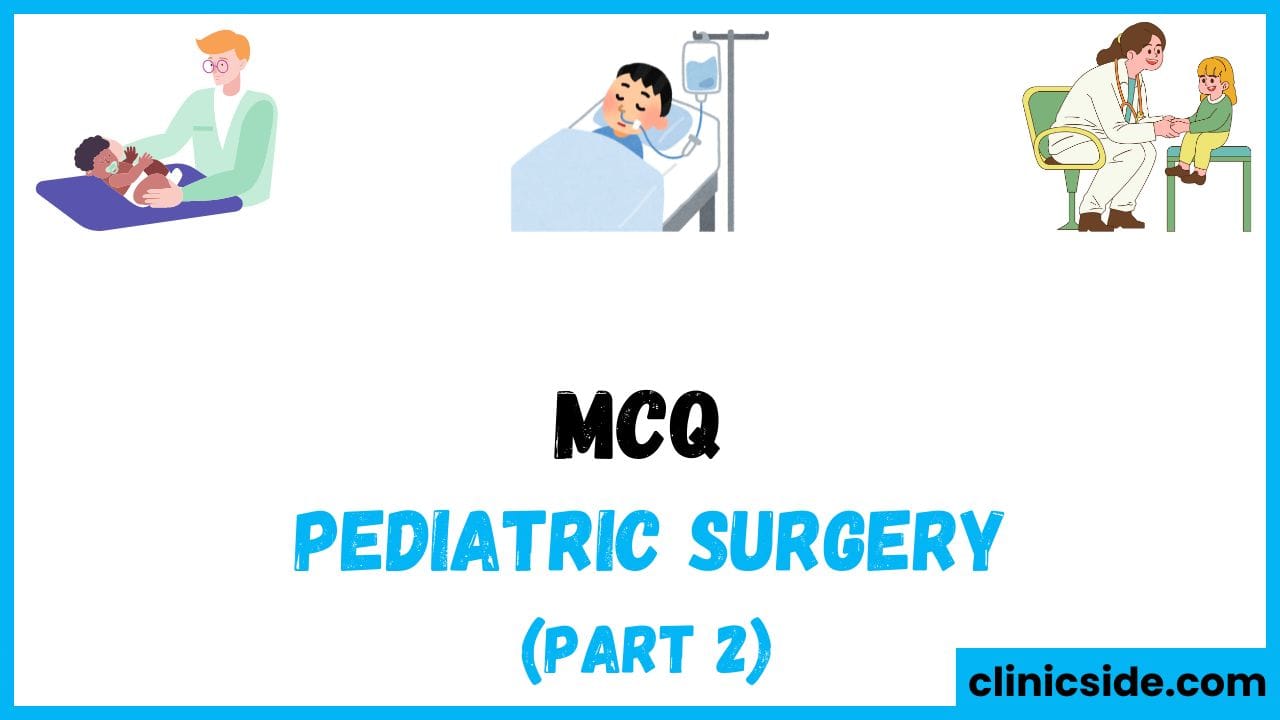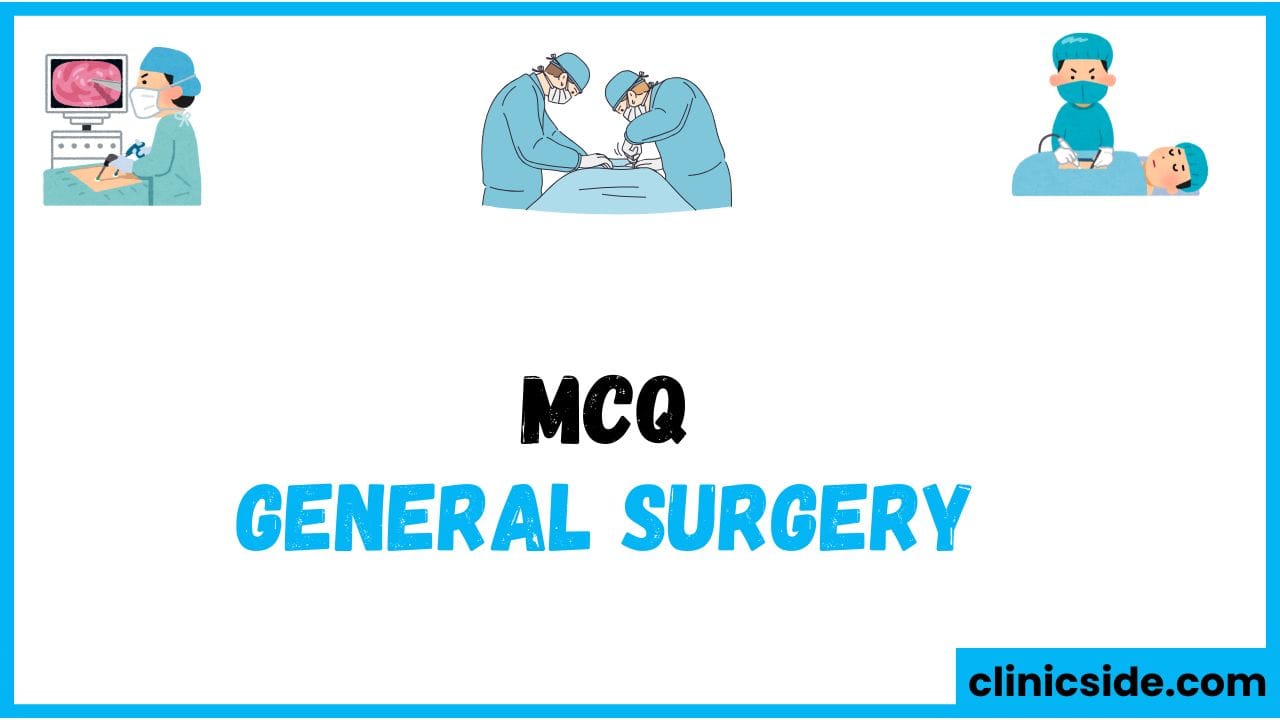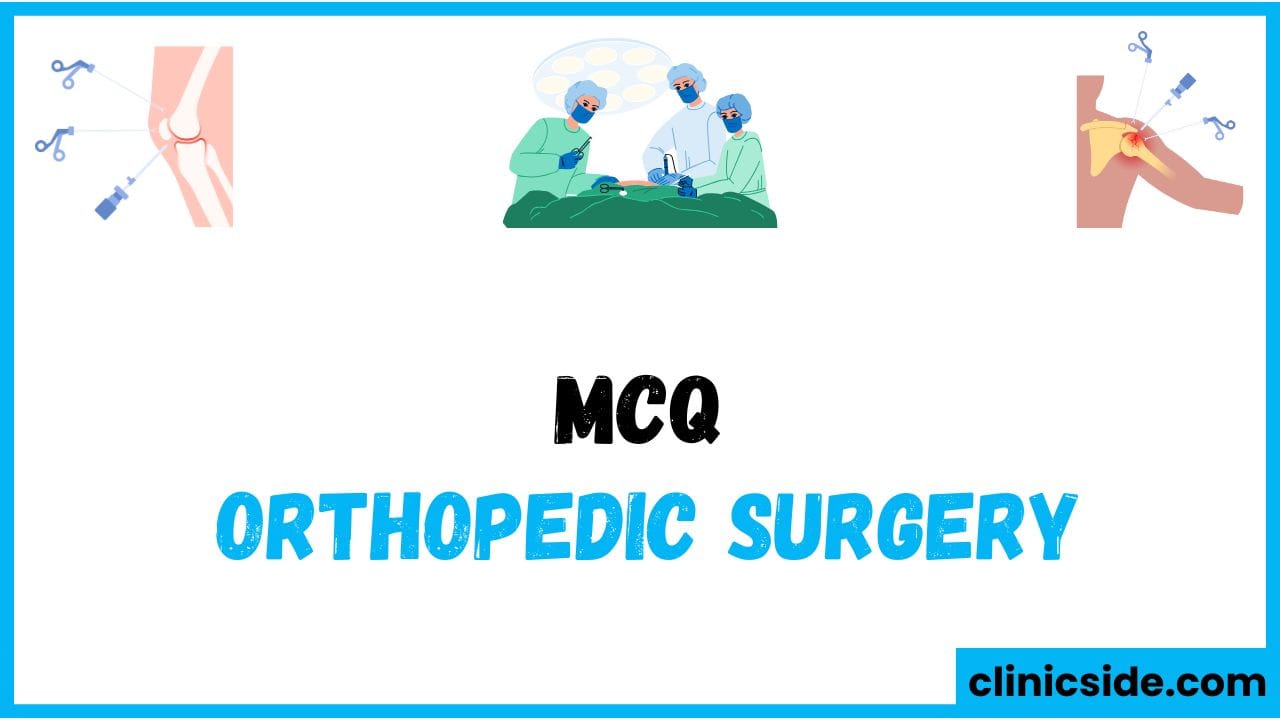Quiz
Available options: 1 to 20
Summary of MCQs on Pediatric and Neonatal Conditions
Polyhydramnios and Related Conditions
Polyhydramnios, or excessive amniotic fluid during pregnancy, is often associated with fetal abnormalities that impair swallowing. One such condition is esophageal atresia, where the esophagus does not connect properly to the stomach, preventing the fetus from swallowing amniotic fluid effectively. This anomaly can be identified through prenatal imaging, enabling further evaluation and early intervention after birth.
Diagnosing and Managing Biliary Atresia
Biliary atresia is a critical condition in newborns, where bile ducts are obstructed, leading to liver damage and jaundice. A liver biopsy is the most reliable diagnostic method, as it identifies structural bile duct abnormalities. Surgical intervention through Kasai portoenterostomy is the primary treatment to restore bile flow, although liver transplantation might be necessary in advanced cases. Early detection significantly improves outcomes.
Necrotizing Enterocolitis (NEC)
NEC is a severe gastrointestinal disorder common in premature infants, marked by inflammation and death of intestinal tissue. A key diagnostic feature on X-ray is pneumatosis intestinalis, which shows gas in the intestinal wall. Initial treatment includes antibiotics and bowel rest to stabilize the infant. In more severe cases, surgery is performed to remove necrotic sections of the bowel. Timely management is essential to prevent complications.
Pyloric Stenosis in Infants
Hypertrophic pyloric stenosis results in the thickening of the pylorus, causing obstruction of gastric emptying. It presents with projectile non-bilious vomiting and dehydration in infants. Metabolically, this condition causes hypochloremic alkalosis due to the loss of stomach acid. Diagnosis is confirmed with ultrasound, and treatment involves surgical correction through pyloromyotomy, which has an excellent prognosis when performed promptly.
Malformations in Respiratory and Digestive Systems
- Congenital Lobar Emphysema leads to overinflation of one lung lobe, most often the right upper lobe, causing breathing difficulties. Severe cases may require surgical removal of the affected lobe.
- Midgut Volvulus, a neonatal emergency caused by intestinal malrotation, presents with bilious vomiting and abdominal distension. Surgery is essential to prevent intestinal ischemia and necrosis.
Duodenal Atresia and Genetic Links
Duodenal atresia, a condition where the duodenum is obstructed, is identified by the “double bubble” sign on imaging. This condition is frequently associated with Down syndrome, a chromosomal disorder that can also involve cardiac and other gastrointestinal anomalies. Prompt surgical correction, such as duodenoduodenostomy, is required to restore intestinal continuity.
Anorectal and Cloacal Abnormalities
Anorectal malformations include conditions like rectovestibular fistula, the most common type in females, requiring staged surgical treatment.
Cloacal malformations, which arise from incomplete separation of the urinary, genital, and digestive tracts during development, are caused by abnormal formation of the cloacal membrane. Accurate diagnosis and complex surgical repairs are essential to manage these anomalies effectively.
Urological Anomalies
- Posterior urethral valves, occurring only in males, are a common cause of urinary tract obstruction. Prenatal ultrasound or postnatal imaging helps identify this condition, which can lead to kidney damage if untreated.
- Patent processus vaginalis is a leading cause of hydrocele in newborns, where fluid accumulates in the scrotum. While many cases resolve spontaneously, persistent cases may require surgical intervention.
Hirschsprung Disease and True Diverticula
- Hirschsprung disease results from missing nerve cells in parts of the colon, most commonly the rectum. This leads to chronic constipation, abdominal distension, and bowel obstruction. Diagnosis is confirmed through a rectal biopsy, and surgery is performed to remove the affected portion of the bowel.
- Meckel’s diverticulum, the most common true diverticulum, contains all layers of the intestinal wall. It may lead to complications like bleeding or obstruction, often requiring surgical removal in symptomatic cases.
Syndromes and Abdominal Wall Defects
- Beckwith-Wiedemann syndrome, a genetic condition, is linked to omphalocele, where abdominal organs protrude through the umbilical area covered by a sac. This defect is corrected surgically after birth.
- Gastroschisis, another abdominal wall defect, occurs beside the umbilicus and lacks a protective sac. Immediate surgical repair is crucial to prevent complications like infection or dehydration.
- Choanal atresia, where nasal passages are blocked, causes cyanosis relieved by crying as infants switch to mouth breathing. Surgical correction restores proper breathing and ensures airway stability.
This revised summary offers an original, in-depth overview of the diagnosis, clinical features, and management of various pediatric and neonatal conditions, ensuring a comprehensive understanding of these critical medical topics.





